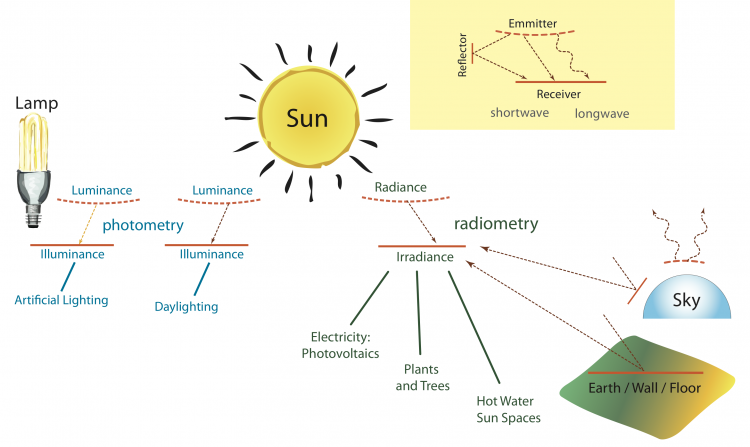Overview
OK, we are now out of the deep end of the class and moving into the frameworks for design and valuation of the solar resource. We will be developing a second major arc through Lessons 5, 6, and 7, working through economic and financial issues. So you should see connectivity among these three lessons.
In Lesson 6, we will discuss ways to meet the Goal of Solar Energy Design and Engineering: to maximize the solar utility for a client or group of stakeholders in a given locale. We will dig into a short statement, and find a nearly infinite variety of options for design. But first, we need to find out about our clients or stakeholders as "utility maximizers" in Lesson 5; what makes people demand solar energy products, and how easily will they change their minds? Are there any losses or risks that people are avoiding by choosing solar energy goods and services? Essentially, what are the driving forces for people to adopt solar energy?
Solar Energy Economics helps us to establish the following argument: just because one perceives the solar resource to be weak in a region does not mean that it cannot be successful as a technology in that society. The solar resource is ubiquitous, and we make use of it whether we decide to or not. What is interesting for solar energy is that our raw "product'' is the photon. We apply technologies and skilled effort to convert photons into a diversity of goods that society is interested in purchasing.

The economics of solar technologies helps us to address why we make decisions to use the Sun. We make use of the Sun throughout our lives, but in solar design, we work to develop compelling arguments to the client to increase their marginal demand for the Sun. There is a sense that energy is somewhere between a product and a good in demand by society, and it must be supplied by non-trivial mechanisms, at some cost for the exchange of goods. In order to make marginally (or incrementally) more use of the Sun, we have to learn about the skills to measure and predict the variable phenomenological behavior of solar irradiance as well as the dependence of the variable irradiance on the location of the client in question.
